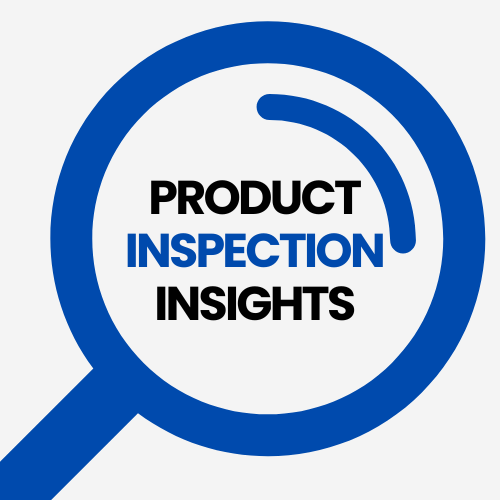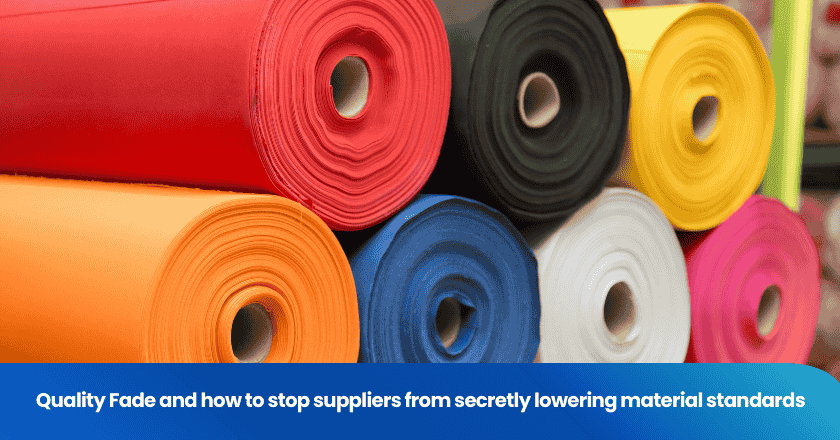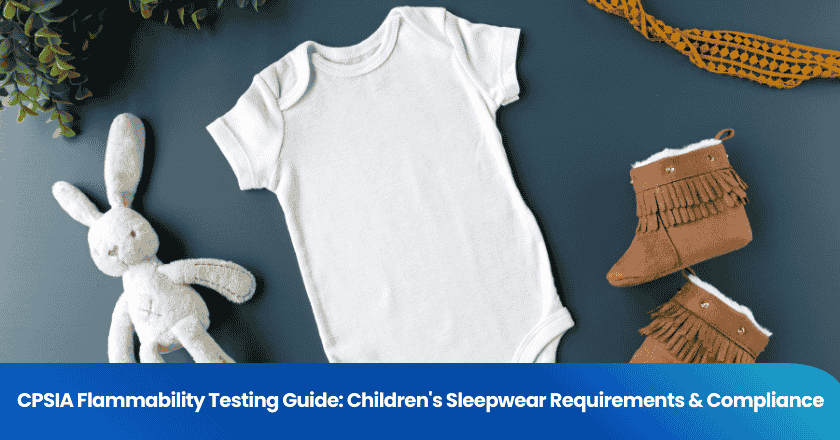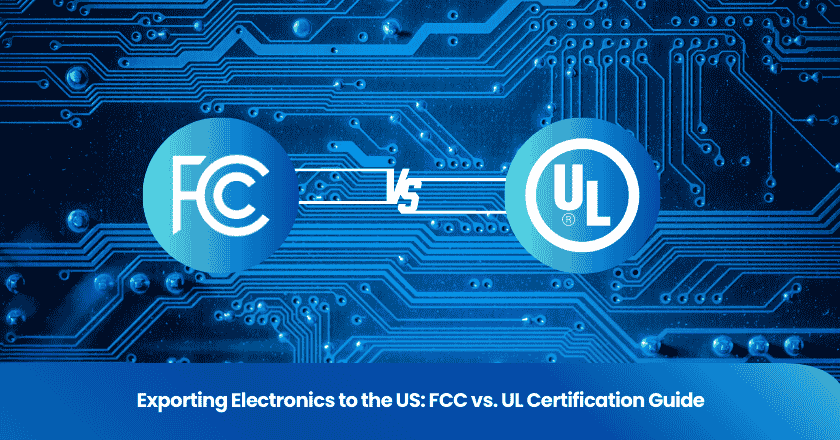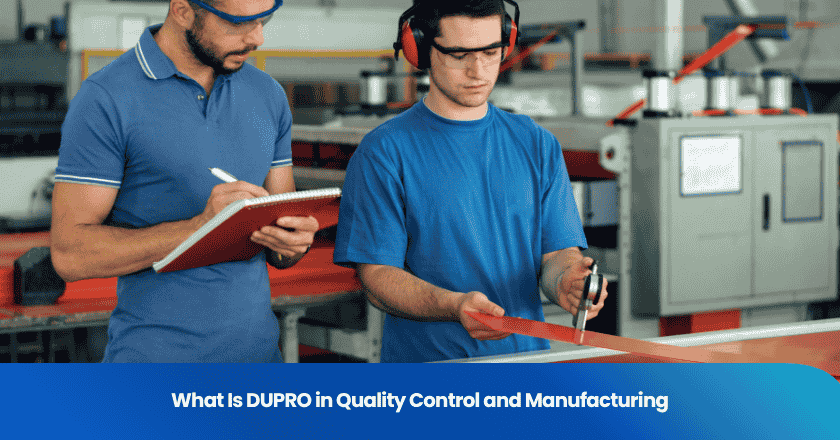
You encounter DUPRO, or during production inspection, as a proactive step in quality control. This process checks product quality while manufacturing is underway, often when 10–20% or 20–80% of production is complete. Early inspection helps you identify and fix issues before they escalate.
- Early prevention strategies can significantly cut product defects and costs.
- Companies prioritizing prevention often spend less than 5% of total sales on quality, compared to over 20% for less advanced organizations.
- Quality failures may lead to costly rework, scrap, and lost customers.
DUPRO in Quality Control
Purpose of DUPRO
You play a crucial role in maintaining quality control when you implement during production inspection. DUPRO fits into the overall quality control process as a proactive checkpoint. Instead of waiting until the end of production, you use DUPRO to monitor and verify product quality while manufacturing is still underway. This approach allows you to address issues before they become widespread problems.
Tip: By conducting DUPRO at around 20% of order completion, you can verify compliance with quality specifications and ensure that each production stage stays on schedule.
The main objectives of DUPRO include:
1. Early detection of defects, which helps you prevent larger issues and reduces costs associated with rework.
2. Preventing delayed deliveries by addressing quality problems promptly.
3. Maintaining consistency across products, ensuring uniform quality.
4. Reducing waste and saving money by catching defects early in the production process.
5. Enhancing customer satisfaction by ensuring high-quality products.
You integrate DUPRO with other stages of quality control to create a seamless process. In-line inspections help you address potential problems in real time, minimizing costly corrections and delays. This method supports your quality assurance efforts and helps you meet both local and international quality standards.
Early Issue Detection
You rely on during production inspection to identify issues as soon as they arise. DUPRO enables you to spot production problems such as equipment malfunctions, material defects, and process deviations. This proactive approach reduces the likelihood of producing defective products and ensures that the final product meets established quality standards.
Here are some common types of defects you might detect during DUPRO compared to other inspection stages:
| Defect Type | Description |
|---|---|
| Color variance between SKUs | Differences in color across similar products. |
| Improper labeling or branding | Incorrect labels or branding on products. |
| Inconsistent dimensions or finishes | Variations in size or surface quality. |
| Use of unauthorized materials | Materials not approved for use in production. |
| Missing or misplaced shipping marks | Shipping information that is incorrect or absent. |
You also benefit from the unique timing of DUPRO. Unlike pre-shipment or final inspections, which occur after production is complete, during production inspection takes place when 10-20% or 20-80% of production is finished. This timing allows you to take corrective actions before the entire batch is produced, avoiding mass production defects and maintaining quality control.
| Inspection Type | Timing | Purpose | Benefits |
|---|---|---|---|
| During Production (DUPRO) | 10-15% of production completed | Identify quality issues early in the production process | Prevents late discovery of quality issues, avoids rework and delays |
| Pre-Shipment (PSI) | 100% production completed | Confirm product specifications and quality before shipment | Reduces risks of quality issues and fraudulent transactions |
When you detect defects during DUPRO, you can implement corrective actions immediately. This ensures that the manufacturing process stays on track and meets compliance standards. By catching issues early, you avoid costly rework and maintain a high level of product quality.
During production inspection also supports your continuous improvement initiatives. You monitor production in real time, identify process inefficiencies, and maintain production timelines. This approach helps you deliver consistent results and strengthens your overall quality control system.
DUPRO Timing and Process
Inspection Timing
You schedule during production inspection at critical points in the manufacturing cycle. Most factories conduct this inspection when 10-20% or 20-80% of production is complete. This timing allows you to catch problems early, before they affect the entire batch. You avoid waiting until the final random inspection, which only happens after all products are finished. By acting during production, you can take corrective measures and maintain quality standards throughout the process.
You may also use an initial production check at the very start of manufacturing. This step helps you confirm that raw materials and components meet specifications. During production inspection bridges the gap between the initial production check and the final random inspection, giving you multiple opportunities to monitor quality.
Quality control inspectors perform during production inspection. They arrive at the factory when production is underway, usually after 20-40% of the order is complete. Their role involves conducting random checks and monitoring the production and packing lines. You rely on their expertise to identify defects and ensure compliance with client requirements.
Note: Early inspection reduces the risk of mass defects and costly rework. You protect your reputation and avoid delays by acting before problems escalate.
Key Procedures
You follow a structured process during production inspection to ensure thorough product inspection. The steps below outline how you maintain control over quality:
1. The inspector arrives at the factory after production has started.
2. You monitor the production and quality control process on the production and packing lines.
3. You check all steps for handling raw materials and components.
4. The inspector selects random samples from semi-finished or finished products and compares them to client specifications.
5. You receive a detailed report that covers the overall production flow and status, including photos and explanations.
You determine the sample size for during production inspection based on the total number of units in the batch. You start by identifying the lot size. You select the inspection level according to the product type and quality requirements. You set Acceptable Quality Limit (AQL) thresholds for critical, major, and minor defects. You consult the AQL table to find the sample size code letter and its corresponding sample size. You inspect the selected sample units and categorize any defects. You compare the results to the AQL thresholds and decide whether to accept or reject the batch.
| Step | Description |
|---|---|
| Identify Lot Size | Determine total units in the batch |
| Select Inspection Level | Choose based on product type and requirements |
| Set AQL Levels | Define thresholds for defects |
| Consult AQL Table | Find sample size code and sample size |
| Inspect Sample | Examine units and categorize defects |
| Compare to AQL Thresholds | Check acceptance and rejection criteria |
| Make Decision | Accept or reject batch based on findings |
During production inspection gives you control over the manufacturing process. You can address issues as they arise and prevent defective products from reaching customers. You use product inspection to verify that each stage of production meets your standards. This approach supports continuous improvement and helps you deliver consistent quality.
Product Quality Checks
What is Inspected
During production inspection gives you the opportunity to verify product quality at several stages of production. You check a range of attributes to ensure adherence to specifications and compliance with quality standards. You focus on both the product and the process, which helps you catch issues before they affect the entire batch.
Here is a table summarizing the most frequently inspected attributes during production inspection:
| Attribute | Description |
|---|---|
| Quality Standards | Checks if products meet established quality criteria. |
| Production Process | Verifies alignment with planned processes and materials. |
| Packaging Readiness | Ensures packaging meets transportation requirements. |
You also inspect quantities, dimensions, weight, labeling, and packaging. You monitor the production process to confirm that each step follows the planned procedures. You check for defects, verify that materials match requirements, and ensure that packaging is ready for shipment. You document your findings in inspection reports, measurement data, and corrective action records. These documents support your quality control efforts and help you maintain high product quality.
Tools and Methods
You use a combination of manual and automated tools during production inspection. Manual inspection involves visual checks, measurements, and sampling of finished units. Automated systems, such as AI-powered vision systems, detect microscopic flaws that might escape human eyes. IoT devices collect real-time data from machinery sensors, giving you insights into production performance.
Common tools and methods include:
- Visual inspection for surface defects and color consistency.
- Measurement tools for checking dimensions and weight.
- Sampling methods to select random units for detailed inspection.
- AI-powered systems for predictive maintenance and defect detection.
- IoT sensors for continuous monitoring of production lines.
You rely on these tools to ensure that production meets quality standards and that each product inspection delivers accurate results. You compare findings from during production inspection with those from initial production check, final random inspection, and pre-shipment inspection to maintain consistency. By using advanced technologies, you improve your ability to detect issues early and keep production on track.
Note: Effective use of inspection tools and thorough documentation help you achieve continuous improvement in product quality and production efficiency.
DUPRO Benefits
Advantages
You gain several advantages when you implement DUPRO in your manufacturing process. This inspection method ensures that you maintain consistency in product quality by checking that every item meets the standards set during the initial production check. Early detection of issues allows you to address process-related problems before they escalate, which leads to significant cost savings. You reduce the need for extensive rework or returns by catching defects during production, rather than after a final random inspection or pre-shipment inspection.
You also improve customer satisfaction and reduce product returns by ensuring quality control during production. This proactive approach identifies and resolves defects early, preventing non-compliant shipments and costly rejections. As a result, you foster buyer trust and satisfaction. Real-time DUPRO reporting systems give you instant access to production data, enhancing visibility and allowing you to resolve issues immediately. These systems optimize resource allocation and production planning, which improves cost efficiency and product quality.
Note: Consistent adherence to specifications through DUPRO strengthens your brand reputation and market competitiveness. Investing in robust quality assurance and product inspection leads to positive customer reviews and long-term profitability.
Challenges
You may encounter several challenges when implementing DUPRO. Communication barriers between you and inspectors can cause confusion about product specifications. Differences in quality control standards require you to align with specific regulations to meet global market requirements. Production delays can occur if you do not collaborate closely with third-party inspectors to address quality problems.
- Building secure and compliant infrastructure for inspection is resource-intensive.
- You need expertise in security and compliance to manage the process effectively.
- A dedicated DevOps team may be necessary for setup, monitoring, and audits, which increases costs.
Despite these challenges, you can address them by investing in training, improving communication, and using automation to streamline inspection and compliance. Consistent quality standards in production help you avoid high customer return rates and protect your reputation. By focusing on continuous improvement and regular during production check, you ensure that your manufacturing process meets both local and international requirements.
You strengthen product quality and maintain stable production when you use DUPRO as part of your quality control strategy. Early inspection helps you prevent costly errors and ensures that every stage of manufacturing meets your standards. To improve your process, consider these best practices:
1. Detect defects early to avoid rework or batch rejection.
2. Monitor production schedules for timely corrective actions.
3. Verify material consistency to maintain product quality.

Click to book DUPRO
FAQ
What does DUPRO stand for?
DUPRO means "During Production Inspection." You use this process to check product quality while manufacturing is still in progress. This inspection helps you catch defects early and maintain consistent standards.
Who performs DUPRO inspections?
Quality control inspectors conduct DUPRO inspections. You rely on their expertise to monitor production lines, check samples, and report any issues. Their work supports your efforts to deliver reliable products.
How does DUPRO differ from final inspection?
You perform DUPRO during manufacturing, not after production ends. This timing allows you to identify and fix problems before the entire batch is finished. Final inspection checks products only when production is complete.
Why is DUPRO important for manufacturers?
You benefit from DUPRO by reducing costly errors and avoiding delays. Early detection of defects helps you maintain high product quality and meet delivery schedules. This process protects your reputation and customer satisfaction.
What happens if defects are found during DUPRO?
You take corrective action immediately when inspectors find defects. You may adjust processes, retrain staff, or replace faulty materials. Quick responses help you prevent widespread issues and keep production on track.
Grow your business with TradeAider Service
Click the button below to directly enter the TradeAider Service System. The simple steps from booking and payment to receiving reports are easy to operate.

